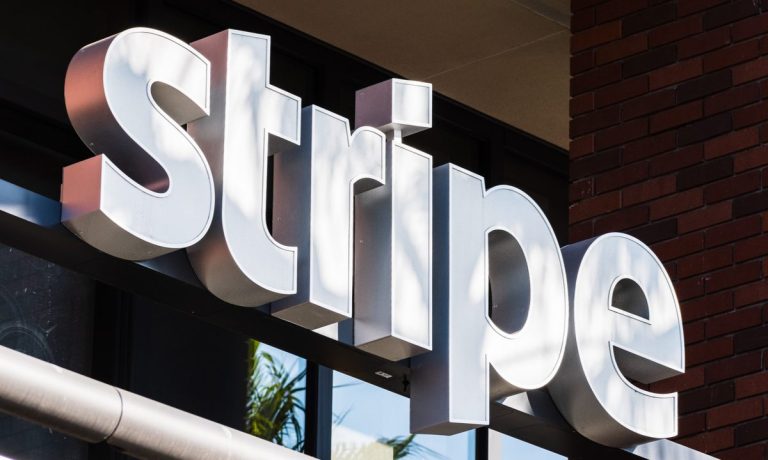Stripe Issues Charge Cards to Help Small Business Cash Flow

Financial services platform Stripe has unveiled a new charge program for its commercial card-issuing product.
“Whether a small business is just starting out or looking to expand, access to capital can make all the difference,” Denise Ho, head of product for Stripe’s Banking-as-a-Service (BaaS) business, said in a news release Thursday (June 1). “Our new charge card allows FinTechs and [Software-as-a-Service (SaaS)] platforms to provide access to a reliable source of credit for the many small businesses they work with.”
Stripe Issuing launched in 2018, but before now, the company-issued cards could only be used to spend money from a prefunded account, according to the release.
“The expansion into charge cards allows platforms to offer these same users access to credit,” the release said. “Cardholders can spend up to their credit limit and pay back the outstanding balance at the end of each month.”
Stripe referenced a survey in the release that showed that 77% of small- to medium-sized businesses (SMBs) are worried about access to funding, a figure that’s in keeping with PYMNTS’ research on SMBs.
PYMNTS found in April that more than half of SMBs rely on credit or other loans, including personal mortgages, to keep their businesses afloat.
“Credit has already been drying up in the wake of the collapses of Silicon Valley Bank and other regional banks as 9% of SMBs report more problems securing their last loan than in previous attempts,” PYMNTS wrote.
Meanwhile, PYMNTS spoke Thursday with Hicham Oudghiri, CEO of Enigma Technologies, who said the traditional metrics used to underwrite loans for SMBs are outdated and often don’t paint a full credit picture.
Smaller firms, he said, have relatively lighter loads of fixed costs compared to their larger counterparts and can scale up or down depending on the broader macro environment.
With those dynamics in mind, just examining an SMB with a “point in time” mentality won’t reveal the true situation, Oudghiri told PYMNTS.
“Having a great underwriting program does not depend on that one way that you analyze bank statements,” he said, adding that a mix of data, such as real-time revenue data, open banking and permissioned data, is needed to foster informed lending decisions.